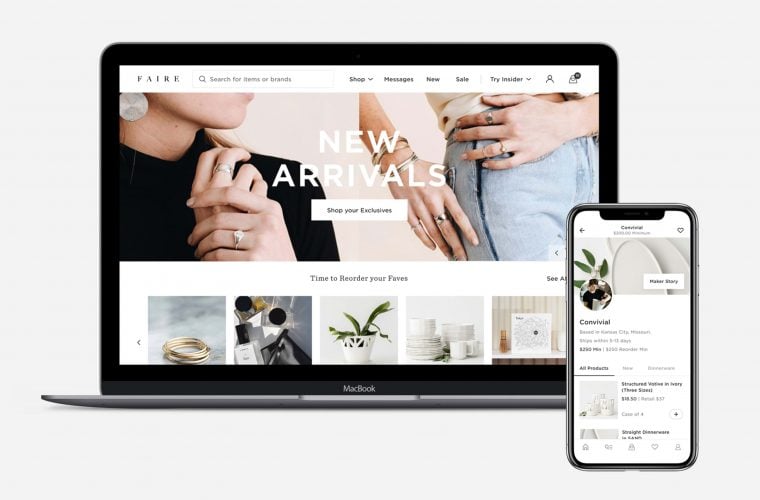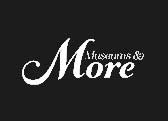
Consumer Attention Is Dwindling – How Retailers Can Fight Back
According to a recent study from Microsoft (Spring 2015), the average human attention span has dropped down to eight seconds — one second less than that of a goldfish and a fall of four seconds from the 12-second average clocked in 2000.
The same report also concluded that people are more easily distracted in the presence of devices with screens, finding it harder to focus in scenarios where prolonged attention is needed. In other words, there is a direct correlation between attention and the extent to which individuals lead a digital lifestyle.
Even though our attention is dwindling because of the distracting nature of digital devices, it’s those same devices and the digital world they offer that open up so many opportunities to grab a user’s attention, if even for a moment.
Broadly speaking, marketers grab that attention by creating more engaging online content or experiences, yet as content has grown increasingly abundant and immediately available, attention becomes the limiting factor in its consumption — a conundrum.
Microsoft CEO Satya Nadella sums up the situation: “We are moving from a world where computing power was scarce to a place where it now is almost limitless, and where the true scarce commodity is increasingly human attention.”
So How Can Marketers Fight Back?
There are two parts to the answer. Since creating online experiences and content is the way to grab attention, it follows that marketers should focus on the quality of the creative itself and, in particular, the richness of the experience across devices. Additionally, there is a need to move away from simple linear success metrics like page impressions to more meaningful ways to measure engagement and attention. Measuring attention is essential to showing where on the user journey things are working and where they need to be improved.
Richness Wins
Savvy retailers invest in digital assets — a hero shot or video, for example, that encourages the consumer to engage more deeply. Nowhere is this more relevant than in the fashion industry where campaigns, new clothing lines and seasonal changes are on a continuous roll.
Richness takes the need for great creative elements a step further, balancing visual impact with easy actionable consumption and, when successful, provides a seamless experience that effortlessly draws in the user.
This implies creating a user journey that keeps them immersed in a rich experience of related content or products and combining that experience with intuitive elements — content sliders, lookbooks or shop-the-look campaigns, and a call to action to ‘buy now’ during the first moments that a consumer visits your site.
The best content experiences are both aspirational and inspirational, easy for the consumer to use and commerce enabled throughout. The longer the exposure to beautiful, inspiring creative, the more positive the brand experience and the more likely the consumer is to convert to a sale.
Measuring Attention, Not Impression
Rich content experiences help achieve attention, but what’s also needed are meaningful ways to measure it. The standard approach is to look at bounce rates, add-to-cart, cart abandonment and conversion. While these measure engagement and give clear points to improve upon, there are better insights available that go deeper into attention itself.
According to a study by the Baymard Institute that curates statistics across the leading e-commerce platforms, the average cart abandonment rate is 68.53 percent. In other words, more than two-thirds of consumers fail to clear the last hurdle of the user journey.
It follows that measuring the success of digital experiences must measure both the standard metrics of if people visit a website and where they go, but also how long they visit and what they do during that visit. It isn’t just about measuring clicks. It is about measuring attention — the time people spend with digital experiences and the ways they interact with them.
Measuring that attention and providing a basis for optimization and action is the tricky part. In practice, there are several areas to consider:
Time Spent. How long does a consumer spend on your digital experience? This metric should examine not just if consumers are visiting but also how long they are staying. The first 10 seconds are critical; how does that figure drop over the next 20 seconds? And during the last 30 seconds of the first minute?
Actions. How are consumers engaging with your experiences? Are they moving around your site? This requires measuring what Upworthy refers to as “attention minutes” which look at a wide range of signals — video playing, mouse movements, scrolling, quick views launched, conversion of featured products and more — to determine the depth to which content is being consumed.
Attention is a precious commodity and owning it is a critical factor to better understanding the success of your marketing efforts. It can be done, but marketers need to take an approach that relies upon richness of content and a qualitative measurement of attention in their online strategy.
Does it work? Yes. It works well for those retailers or any marketers who frequently develop and deploy rich, easy-to-use, shoppable experiences throughout their site.
One example: U.S. handbag and accessories retailer Brahmin has seen rich content experiences translate into increased consumer attention by turning to Zmags Creator. Time spent on site, bounce rates and cart abandonment rates have all improved — with an overall 16 percent increase in customer sessions. Notably, Brahmin saw a 50 percent increase in page views during the critical first 10 seconds, a 20 percent increase in page views during the next 20 seconds and a 9 percent increase during the last 30 seconds of the first minute. Most importantly, these engagement metrics translated to a 111 percent increase in the conversion rate.
Moreover, because Creator empowers the marketer to quickly create content (no coding required), the platform has helped Brahmin to reduce the entire content deployment cycle from months to hours, freeing the company to update its site two to three times a month with new campaigns, product lines and more.
Recognize that your customer’s attention is a scarce commodity, and then use these strategies to fight for it and track your progress.
Contributed by Brian Rigney, CEO of Zmags, who has over twenty years’ experience leading high performing, entrepreneurial teams in launching new businesses and bringing innovative new products to market. For more information on Zmags, please visit http://zmags.com/; follow the company on LinkedIn at https://www.linkedin.com/company/zmags, on Facebook at https://www.facebook.com/zmags and on Twitter at @zmags.














